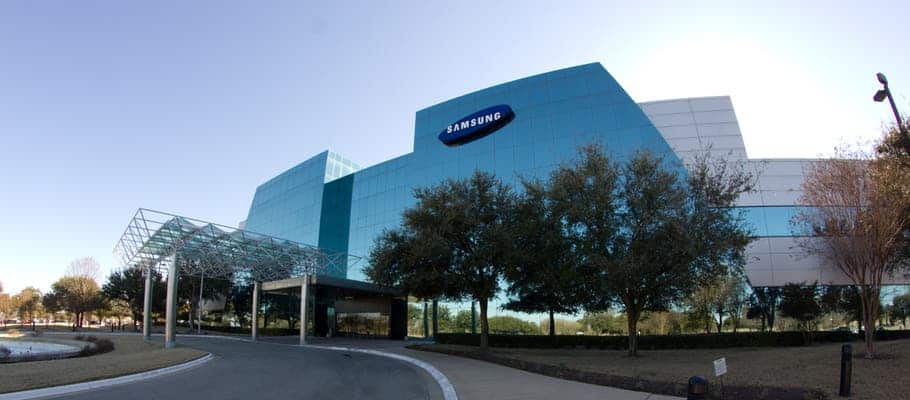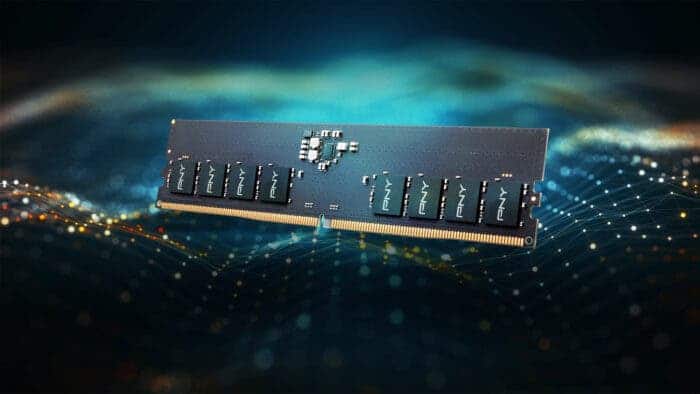Samsung is a leading company in the semiconductor field. It manufactures camera sensors, memories, chipsets, storage, batteries, etc. The South Korean company is actively working in all these directions. But it’s one thing to reach a breakthrough in a concrete direction, and quite another to bring it to the end users. For instance, recently, Samsung Vice President Younggwan Ko said at a seminar held in Suwon, South Korea, that as memory semiconductors become more powerful, packaging technology must develop together. In this regard, he said that applying the MSAP process to its DDR6 memory chips will allow Samsung to make chips with finer circuitry.
As The Elec reported, Samsung’s competitors have used MSAP packaging technology for DDR5 memory prior to this. But Samsung wants to be a step forward and use it for DDR6.
Further reading: Galaxy Z Fold4 Will Arrive With Up To 1 Tb Of Memory And Water Protection
Gizchina News of the week
Traditional packaging methods only coat the circuit pattern areas and etch away other areas. But in the MSAP package, the areas other than the circuitry are coated, and the blank areas are plated, allowing for finer circuitry.
DDR6 Memory With MSAP Technology Will Have Many Benefits
Samsung launched its first 24Gbps GDDR6 DRAM chip for graphics cards earlier this week. Corresponding reports say the company is in the early stages of DDR6 development. If believe in a report released last year, Samsung will complete the design of the DDR6 memory in 2024.
DDR6 is expected to be twice as fast as DDR5 and has twice the number of memory channels. DDR6 (JEDEC) can achieve a transfer rate of about 12800Mbps and support overclocking to 17000Mbps.

Currently, Samsung’s fastest DDR5 DIMMs have transfer speeds of up to 7200 Mbps. In other words, DDR6 will be 0.7x faster and the overclock speed will be 1.36x faster. Thus, the first smartphone with a DDR6 memory chip might be the Samsung Galaxy S25. But we shouldn’t rule out the possibility that Samsung might supply this memory to other smartphone manufacturers first.

